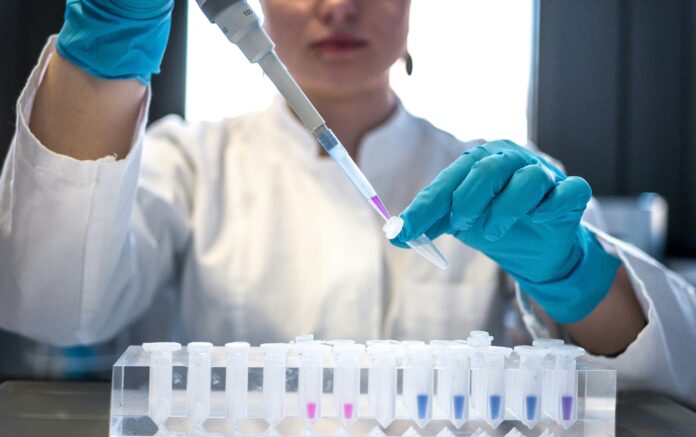In vitro release testing is an essential pillar in pharmaceutical development, as it directly relates to the actual drug release from their respective formulations. As IVRT technology has evolved, these tests have become more complex, accurate, and reliable. In this article, we explore some of the recent advancements and how they affect the pharmaceutical industry at large.
The Importance of In Vitro Release Testing
Abstract in vitro release testing is critical for evaluating drug formulations. These tests mimic the human body environment to understand how a drug will perform in the body after administration. This information is essential to achieving efficacy and safety, guiding the researchers to proper formulations.
Traditionally, such tests depended on very basic methods. However, with the evolution of science, there is an increasing need for more accurate and reliable techniques. Advancements in this field, propelled by the incorporation of these new technologies, have resulted in improved drug development results.
Emerging Technologies in Testing
In the past few years, various new tools and approaches have emerged to improve in vitro release testing. Thanks to advanced instrumentation, the analysis can be more detailed, allowing insights that were—until now—not available. Such technologies involve the aid of advanced analytical means and enhanced dissolution testing equipment.
One such example is the increasing use of high-performance liquid chromatography (HPLC). This method gives researchers more information on release profiles by looking at the actual amounts of drug at a point in time. Further, by enabling in situ and real-time monitoring using advanced spectroscopic techniques, the researchers receive immediate monitoring feedback and a shorter analysis time compared to conventional methods.
Automation and Efficiency
Automated dissolution systems have dramatically changed in vitro release testing. They can process several samples together, thereby adding efficiency to the testing process and saving a lot of time. They also improve consistency, making results more predictable and replicable.
The addition of robotics only helped to evolve further the way these tests are done. These devices can carry out elaborate tasks with a degree of accuracy, thereby reducing contamination chances and increasing overall accuracy. Robots can do mind-numbing jobs, which makes researchers more productive as they can focus on heavier analyses.
Personalized Medicine and Testing
Accompanied by increasing interest in personalized medicine, in vitro release testing needs to evolve to meet new challenges. Testing methods must match the drug formulations. Technological advances, along with the recognition of the need for testing tailored to the individual patient for the best therapeutic outcomes, have also created ample opportunity for the development of novel testing.
The advancement of microfluidic devices is an excellent example of the advancements that can be made here. Such devices let researchers shape the physiological context more closely, which helps in understanding how personalized drugs will act within the body. By providing a more accurate evaluation of the drug’s efficacy, this method especially helps with the testing of drugs that target certain groups of patients.
Challenges and Considerations
However, this does not resolve all challenges faced in in vitro release testing. As always, the affordability and accessibility of new technologies are critically important. Naturally, just like in real life, this would require standardization across the industry as well; otherwise, you could receive wildly different measurement results depending on what testing methods a brand uses.
Then there are the regulatory considerations. As new technologies enter the picture, regulatory authorities need to tweak the guidelines when necessary. Preserving the testing standards requires the cooperation of scientists, industry leaders, and regulators.
Future Directions
In vitro release testing seems to be a nice way of studying things in the future. Further investment in research and development will only produce more precise tools and techniques. Artificial Intelligence and machine learning are probably providing predictive capabilities and better decision-making capabilities.
Another reason for innovation would be more collaboration between academia and industry. By using collaborative techniques, stakeholders can create more efficient testing approaches, which in turn can establish improved outcomes through better treatment.
Conclusion
The evolution of in vitro release test technologies is changing the paradigm of the pharmaceutical industry. These innovations provide several benefits in drug development, including higher accuracy, efficiency, and adaptability. Thus, the higher the probability that more technological innovations will follow in the future, the more accurate drug testing will be based on an individual’s unique biological makeup.














